#tsovinar
Text
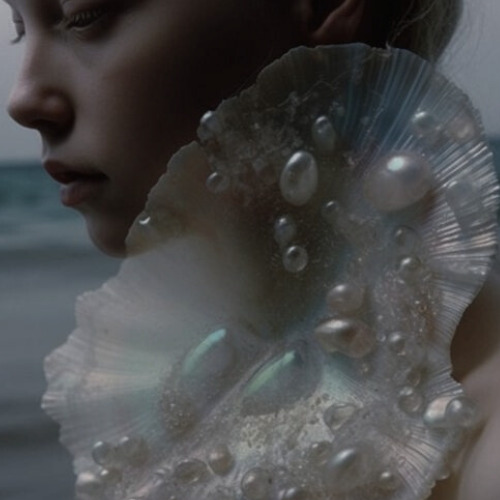
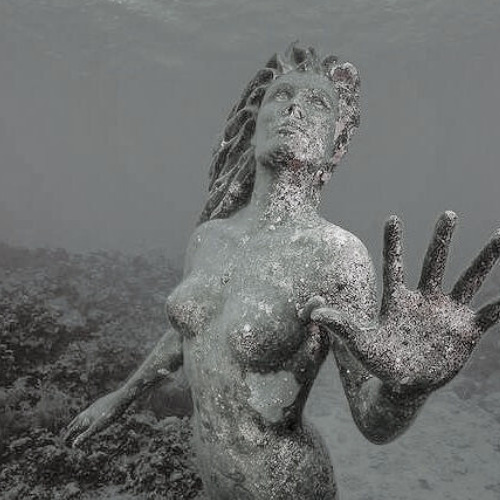



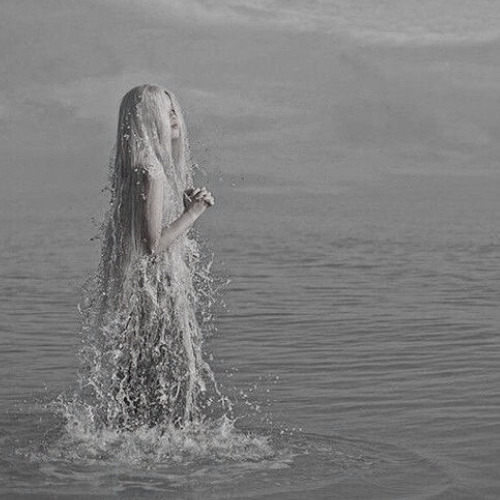
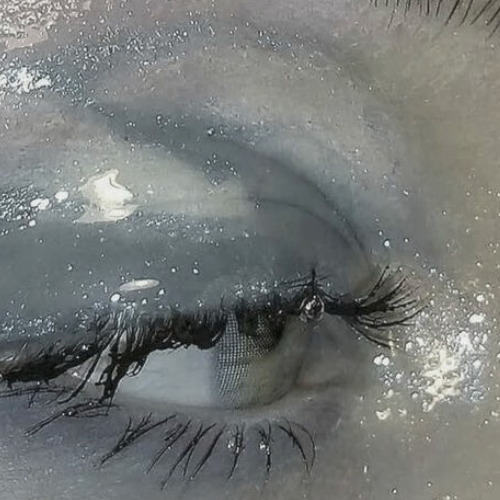


armenian mythology: tsovinar
tsovinar is the goddess of the sea, rain, and water. she is a fierce goddess, who forces the rain to fall from the heavens with her fury.
247 notes
·
View notes
Text
Ok, so I've posted this in r/wicca, r/pagan, and a closed group on facebook and all I've gotten is one person telling me to do some research. I don't expect anything more from posting on here, but I'm really hoping somebody will have something or can at least give me a new direction to look. That being said...
My husband recently stumbled the goddess Tsovinar/Dzovinar and wanted to work with her. We know she's an Armenian goddess of water/the ocean and fire, but we can't find much else. Does anybody know anything about her? Any animals, colors, offerings, anything associated with her?
I've spent hours trying to find more about her, but all I can find is the same short paragraph over and over. I literally went through all the google pages for Dzovinar and searched with multiple combinations of key words trying to find anything at all. Basically, look at the wiki page for Tsovinar and that's all I can find anywhere that isn't about a video game.
#I would really appreciate it if anybody could tell me anything else#I'm trying to put together a page for our bos about her#tsovinar#dzovinar#pagan#paganism#wicca#wiccan#goddess#goddesses#deities#gods
1 note
·
View note
Text


Day 9 of Au Ra August: Danger
"If you stand in my way, you're gonna die." - Zero, Drakengard 3
(Zero is a major influence on Tso's initial design and personality~)
#◦ 「 ☆ 」 —— tsovinar .#【 ✧ fandom: final fantasy 】#【 ✧ fandom: drakenier 】#gposers#auraugust2023#ffxiv screenshots#ffxiv gpose#sanctuarymods#hexmods#kiwimods
2 notes
·
View notes
Text


happy pride
#im sorry for this lmao its 2am#only sleep deprived me could draw these#brave frontier#im sorry for shitposting#my art#doodle#doodles#bf gabriela#bf ilm#bf tsovinar#bf saerenthis#im sorry i did not feel like drawing an underboob window#i also apologise for ooc#ilm wouldnt fit in a car and neither would tsovinar
6 notes
·
View notes
Text
It is over and everything is lost. This is the refrain repeated by Armenian families as they take that final step across the border out of their home of Nagorno-Karabakh.
In just a handful of days more than 100,000 people, almost the entire Armenian population of the breakaway enclave, has fled fearing ethnic persecution at the hands of Azerbaijani forces. The world barely registered it. But this astonishing exodus has vanished a self-declared state that thousands have died fighting for and ended a decades-old bloody chapter of history.
On Saturday, along that dusty mountain road to neighbouring Armenia, a few remaining people limp to safety after enduring days in transit.
Among them is the Tsovinar family who appear bundled in a hatchback littered with bullet holes, with seven relatives crushed in the back. Hasratyan, 48, the mother, crumbles into tears as she tries to make sense of her last 48 hours. The thought she cannot banish is that from this moment forward, she will never again be able to visit the grave of her brother killed in a previous bout of fighting.
“He is buried in our village which is now controlled by Azerbaijan. We can never go back,” the mother-of-three says, as her teenage girls sob quietly beside her.
“We have lost our home, and our homeland. It is an erasing of a people. The world kept silent and handed us over”.
She is interrupted by several ambulances racing in the opposite direction towards Nagorno-Karabakh’s main city of Stepanakert, or Khankendi, as it is known by the Azerbaijani forces that now control the streets. Their job is to fetch the few remaining Karabakh Armenians who want to leave and have yet to make it out.
“Those left are the poorest who have no cars, the disabled and elderly who can’t move easily,” a first responder calls at us through the window. “Then we’re told that’s it.”
As the world focused on the United Nations General Assembly, the war in Ukraine and, in the UK, the felling of an iconic Sycamore tree, a decades old war has reignited here unnoticed.
It ultimately heralded the end of Nagorno-Karabakh, a breakaway Armenian region, that is internationally recognised as being part of Azerbaijan but for several decades has enjoyed de facto independence. It has triggered the largest movement of people in the South Caucasus since the collapse of the Soviet Union.
Azerbaijan has vehemently denied instigating ethnic cleansing and has promised to protect Armenians as it works to reintegrate the enclave.
But in the border town of Goris, surrounded by the chaotic arrival of hundreds of refugees, Armenia’s infrastructure minister says Yerevan was now struggling to work out what to do with tens of thousands of displaced and desperate people.
“Simply put this is a modern ethnic cleansing that has been permitted through the guilty silence of the world,” minister Gnel Sanosyan tells The Independent, as four new busses of fleeing families arrive behind him.
“This is a global shame, a shame for the world. We need the international community to step up and step up now.”
The divisions in this part of the world have their roots in centuries-old conflict but the latest iterations of bitter bloodshed erupted during the collapse of the Soviet Union. The Karabakh Armenians, who are in the majority in the enclave, demanded the right to autonomy over the 4,400 square kilometre rolling mountainous region that has its own history and dialect. In the early 1990s they won a bloody war that uprooted Azerbaijanis, building a de facto state that wasn’t internationally unrecognised.
That is until in 2020. Azerbaijan, backed by Turkey, launched a military offensive and took back swathes of territory in a six-week conflict that killed thousands of soldiers and civilians. Russia, which originally supported Armenia but in recent years has grown into a colder ally, brokered a fragile truce and deployed peacekeepers.
But Moscow failed to stop Baku in December, enforcing a 10-month blockade on Nagorno-Karabakh, strangling food, fuel, electricity and water supplies. Then, the international community stood by as Azerbaijan launched a 24-hour military blitz that proved too much for Armenian separatist forces. Outgunned, outnumbered and weakened by the blockade, they agreed to lay down their weapons.
For 30 years the Karabakh authorities had survived pressure from international powerhouses to give up statehood or at least downgrade their aspirations for Nagorno-Karabakh. For 30 years peace plans brokered by countries across the world were tabled and shelved.
And then in a week all hope vanished and the self-declared government agreed to dissolve.
Fearing further shelling and then violent reprisals, as news broke several Karabakh officials including former ministers and separatist commanders, had been arrested by Azerbaijani security forces, people flooded over the border.
At the political level there are discussions about “reintegration” and “peace” but with so few left in Nagorno-Karabakh any process would now be futile.
And so now, sleeping in tents on the floors of hotels, restaurants and sometimes the streets of border towns, shellshocked families, with a handful of belongings, are trying to piece their lives together.
Among them is Vardan Tadevosyan, Nagorno-Karabakh’s minister of health until the government was effectively dissolved on Thursday. He spent the night camping on the floor of a hotel, and carries only the clothes he is wearing. Exhausted he says he had “no idea what the future brings”.
“For 25 years I have built a rehabilitation centre for people with physical disabilities I had to leave it all behind. You don’t know how many people are calling me for support,” he says as his phone ringed incessantly in the background throughout the interview.
“We all left everything behind. I am very depressed,” he repeats, swallowing the sentence with a sigh.
Next to him Artemis, 58, a kindergarten coordinator who has spent 30 years in Steparankert, says the real problems were going to start in the coming weeks when the refugees outstay their temporary accommodation.
“The Azerbaijanis said they want to integrate Nagorno-Karabakh but how do you blockade a people for 10 months and then launch a military operation and then ask them to integrate?” she asks, as she prepares for a new leg of the journey to the Armenian capital where she hopes to find shelter.
“The blockade was part of the ethnic cleansing. This is the only way to get people to flee the land they love. There is no humanity left in the world.”
Back in the central square of Goris, where families pick through piles of donated clothes and blankets and aid organisations hand out food, the loudest question is: what next?
Armenian officials are busy registering families and sending them to shelters in different corners of the country. But there are unanswered queries about long-term accommodation, work and schooling.
“I can’t really think about it, it hurts too much,” says Hasratyan’s eldest daughter Lilet, 16, trembling in the sunlight as the family starts the registration process.
“All I can say to the world is please speak about this and think about us. We are humans, people made of blood, like you and we need your help.”
8K notes
·
View notes
Text
NAKSHATRAS AS GODDESSES
6/27
💧💎ARDRA🌧
DISCLAIMER: This is based solely on my research and the patterns that I saw. I can't promise that I'm gonna be sure in all the coorelations, but I'm going to attribute each nakshatra a goddess that I think fits it the closest. If you're dissapointed, to make up for it, I'm going to list some other deities in the end that I think also fit the nakshatra. Don't come for me if you think I'm wrong, be respectful in the comments if you think so and have fun 🤍
While researching for this one there were several goddesses that kinda fit ardra and I'm going to talk about them, but the goddess that I chose is definitely a much better fit.
Kymopoleia
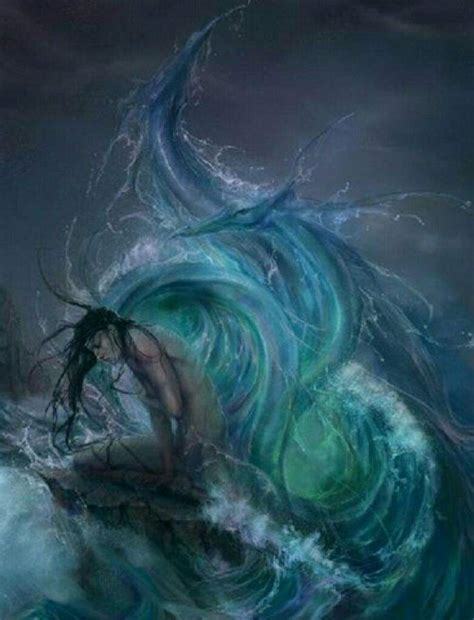
Pantheon: Greek
Name meaning: wave walker
Associations: The sea, violent sea storms, waves
Kymopoleia is Greek nymph-goddess, daughter of Poseidon and the mistress of the seas.
She has the ability to generate powerful waves and create and control violent sea storms, hurricanes and typhoons. She can also manipulate air and is immune to the freezing temperatures underwater. Kymopoleia was said to be a beautiful young woman in a green dress(ardra is said to represent "the green one", or "the moist one"). She belonged to a species of sea nymphs that lured sailors to their destruction.
She was said to big and clumsy, some said that whenever she went, destruction followed. Because of this, she was disliked by her father and he gave her away to to be wed to a hundred-handed storm giant Briareus. Despite being unloved by parents, she was said to be a 20 foot tall beauty, with luminous white skin and hair that glowed like jellyfish when underwater.

Her destructive, angsty nature definitely applies to Ardra whose god is Rudra- storm god of righteous violence and destruction. Ardra's symbols famously include a teardrop, a diamond and a human head. With all the information available about Kymopoleia, she definitely suits this nakshatra, but I want to talk about some others that might also fit.


Oya- Yoruban goddess of violent sea storms (like kymopoleia), lightning and the wind. She had a formidable temper that frequently clashed with her husbands and she could create storms by her rage. Rage is also connected to ardra and its god - Rudra.
This next example is excellent- Armenian goddess Tsovinar. She is a goddess of water, the sea and rain. She is a fierce goddess, who could force the rain fall down with her sheer fury. Her name means "daughter of the seas".

Ardra is the point in the wheel were an individual experiences their first fall from grace and a great disillusionment that is remembered well after it's gone. It's even more painful because it's the first time that the pain is felt, when we truly know suffering. "The moist one" could refer to crying, the sea or the rain, or even the cold water you splash on your face after you wake up, to be more ready to face the world. The diamond is what you become after all that pressure, its clarity is what you achieve(achievement is Ardra's power) after crying and witnessing. Ardra is also connected to hunting, but unlike in Mrigashira, this hunting is ruthless, selfish and nessecary. It's the place where we become truly human and cry for ourselves as a human, and by doing that, crying for the whole humanity. At the end of this nakshatra we have a choice_ to stay in the suffering or to return to the light in the next nakshatra- Punarvasu.
Deities that might be coorelated to ardra other than Kymopoleia:
Tsovinar- Armenian water, sea and rain goddess.
Oya- Yoruban goddess of violent sea storms and lightning.
Ran- Norse goddess of the sea, thieving and treasures.
Aegaeus- Greek god of violent sea storms.
Nodens- Celtic god of the sea, hunting and wealth.
This is it for Ardra 💎💧 it was so hard to find a goddess with enough info but my friend @quilpleuve-blog helped me out. Anyways, I hope this was interesting and hope it makes as much sense as I think it does. If you're Ardra, or even if you're not, please tell me what you think, like, comment, reblog, or you can message me. Thanks for reading and take care 🤍🤍🤍
#ardra#ardra nakshatra#vedic astrology#astrology#nakshatras#astrology observations#goddesses#feminine#greek mythology#astro notes#sidereal astrology
162 notes
·
View notes
Text
I once read an Armenian epic tale (poem?) - it's called Daredevils of Sassoun in English apparently (in my language it was more like "heroes of Sassoun") - highly recommend to those, who love epic mythology❤️ I know I was entranced
anyways
In this tale there were no doubt who was good and who was bad- every part was prefaced with a list of participating characters, and after each name there was a comment in brackets, like "Princess Tsovinar (let her virtuous name be remembered forever and ever)" or Badly Bad-bad Guy (let his name be cursed for ages)".
from now on I'd use this for Nam Jeon's name (let him burn in hell indefinitely), i don't think I ever genuinely hated any character THAT much-_-
11 notes
·
View notes
Text
Über die vorchristliche armenische Mythologie ist wenig bekannt. Sie wurde stark durch den Zoroastrismus (z. B. die Gottheiten Aramazd, Mitra und Anahit) und durch assyrische Traditionen (z. B. die Gottheit Barsamin) beeinflusst. Darüber hinaus lassen sich vereinzelte Spuren einheimischer Traditionen entdecken (z. B. die Gottheiten Hayk, Vahagn und Astlik). Eine der ältesten Quellen ist die Legende „Xorenatsi’s History“.
Götter
(ggf. mit griechischer Entsprechung)
Anahit (Artemis): Göttin der Fruchtbarkeit und der Geburt, wird mit Artemis oder Aphrodite gleichgesetzt, in früherer Zeit war sie eine Kriegsgöttin. Auch als Mondgöttin bezeichnet.
Ara Geghetsik („Ara der Schöne“): Der Gott des Frühlings, der Pflanzenwelt, Landwirtschaft, des Säens und Bewässerns.
Aramazd (Zeus): Göttervater, der Himmel und Erde schuf; auch Verehrung als Sonnengott. Das Fest ihm zu Ehren hieß Am’nor oder Neujahr und wurde nach dem alten armenischen Kalender am 21. März begangen.
Hayk: Bogenschütze und Ahne des armenischen Volkes, erschlug den babylonischen Titanen Bel
Aray: ein Kriegsgott
Astlik: Göttin der Liebe, Schönheit und des Wassers, symbolisiert durch das Tageslicht. Sie war die Geliebte beziehungsweise Gemahlin von Vahagn. Ihr Fest wurde Vardevar genannt und Mitte Juni gefeiert. Dabei gießt man Wasser auf nichtsahnende Vorübergehende.
Barsamin: Gott des Himmels und des Wetters, dessen Ursprung vielleicht beim semitischen Gott Baal Shamin liegt.
Naneh (Athena): Göttin der Weisheit, des Gemeinschaftssinnes, der Mutterschaft und Beschützer des Heims, Verwahrerin der Familie.
Tir (Apollo): der Gott der Literatur, der Wissenschaft und der Kunst, auch ein Traumdeuter
Tork Angegh (Ares): Gott der Kraft, Tapferkeit, des Krieges und des Militärs
Tsovinar: auch Nar genannt, Göttin des Regens, der See und des Wassers. Sie war ein Geschöpf des Feuers, zwang den Regen und rief ihn in ihrem wilden Zorn an, vom Himmel zu fallen.
Vahagn: (Hephaistos): ein herkulischer Held, der einige Drachen erschlug und ebenfalls als Sonnengott und Gott des Mutes galt.
Vanatur: Gott der Gastfreundschaft und der freigebigen Wirte
Andere Wesenheiten
Āl: zottelige und struppige Wesen. Es sind schmutzige Geister mit glühenden Augen, die ein paar Scheren in den Händen haltend, an sandigen Plätzen sitzen. Sie haben schlangenähnliches Haar, Fingernägel aus Messing, Zähne aus Eisen und einen Stoßzahn wie bei einem Eber. Sie leben in Wasser oder Feuchtigkeit, verschmähen aber auch Hausecken oder Ställe nicht. Es waren ursprünglich Krankheitsdämonen, die sich später auf ungeborene Kinder und deren Mütter beschränkten. Sie töten Babys oder stehlen diese oder verhindern den Milchfluss der Mutter. Sie dienen einem in der Hölle lebenden König, der angekettet ist und ständig schreit.
Dev: Ein Luftgeist der seine Herkunft von den Daevas der zoroastrischen Mythologie hat. Er teilt einige ähnliche Züge mit den Engeln. Er wohnt an steinigen Plätzen und Ruinen und halten sich voneinander fern. Zu den Devs gehören:
Aralēz, ein guter Geist in der Gestalt eines Hundes, der durch Lecken an Wunden (z. B. in der Schlacht) diese heilen oder sogar Verstorbene wieder ins Leben zurückholen kann.
Ays, er dringt in die Körper der Menschen ein, wodurch sie geisteskrank oder selbst zu Dämonen werden.
Čivał, der nachts Träume stört, um die Schlafenden in Angst zu versetzen.
K’aǰk’, leben in Höhlen, Schluchten, Bergen und führen die von den Menschen festgesetzten Strafen aus.
Uruakan, die Geister der Verstorbenen, die aus den Leichentüchern emporsteigen
Vischap, wird in Schlangengestalt dargestellt
Drachen: Ihre Heimat war der früher Masis genannte Berg Ararat. Die Drachen oder die Kinder der Drachen stahlen Kinder, um an ihre Stelle eigene böse, kleine Geister zu setzen, Nachkommen ihrer eigenen Brut. Man sagt, Artawasd I., Sohn des Artaxias I., Erbauer von Artaxata und Freund von Hannibal, wusste von seiner unheimlichen Abstammung. Als er eines Tages von den Klippen fiel, hieß es, dass die Berggeister bzw. Drachen ihn aufgefangen und wieder hinauf getragen hätten.
Hambarus: mysteriöse Geister, wahrscheinlich weibliche Bewohner von verlassen Plätzen oder Ruinen.
Javerzahlareses (Nymphen). Sie waren wahrscheinlich weibliche Kaches. Es waren unsichtbare Wesen mit einem unvergänglichen Wissen, allerdings unfähig, sich weiterzuentwickeln. Sie wanderten in der Grasebene zwischen Steinen und waren an Flussbänken zu finden.
Kaches: sie bilden ein Glied zwischen den armenischen Drachen und armenischen Devs. Tatsächlich sind sie wahrscheinlich mit den Devs identisch. Es sind unkörperliche, kleine Geister. Ähnlich wie die Devs bevorzugen sie steinige Plätze. Wie die Drachen haben sie Paläste auf hohen Stätten. Sie stahlen das gedroschene Getreide und Wein. Sie lieben es ihre Opfer zu prügeln und zu foltern und übten auch auf die Männer einen unheilvollen Einfluss aus. Sie waren musikalisch und man konnte sie oft singen hören.
Nhang: Der Name leitet sich vom persischen Wort für "Krokodil" ab. Es ist ein in einem Fluss lebendes, schlangenähnliches Monster. Es konnte sich verwandeln und trank Blut. Das Wort Nhang wird manchmal noch in der armenischen Literatur für ein Seemonster verwendet.
Piatek: ein großes, säugetierähnliches Wesen, ähnlich einem flügellosen Greif.
Shahapet: freundliche, bewachende Geister, erscheinen üblicherweise in der Gestalt einer Schlange. Sie bewohnen Häuser, Obstgärten, Felder, Wälder und einige andere Orte. Die Shvaz sind landwirtschaftlich orientiert, während die Shvod Hauswächter sind. Ein gut behandelter Shvod belohnt seinen Bewohner mit Gold, während Streit ihn dazu bringt, das Haus zu verlassen.
Tukh Manuk: Kult des „schwarzen Jünglings“, dem bis heute Schreine auf dem Land gewidmet sind.
Vushkapariks: ihr Name kennzeichnet sie als halb dämonische, halb tierische Wesen, ähnlich den Devs, die eine sinnliche Neigung haben.
#hexe#magick#witch community#witchcraft#baby witch#witch tips#beginner witch#pagan witch#chaos magick#witchblr#armenien#mythologie
1 note
·
View note
Photo

New Post has been published on https://massispost.com/2024/01/italian-professor-awarded-medal-of-gratitude-for-contributions-to-armenian-studies/
Italian Professor Awarded Medal of Gratitude for Contributions to Armenian Studies

BARI, ITALY — On January 5, 2024, at the Palazzo di Città (headquarters of the Municipality of Bari), Prof. Carlo Coppola, the president of the “Hrand Nazariantz” Study Center—Italian by birth and Armenian by choice—was honored with the “pro manibus” Gratitude Medal. The award was presented by the Ambassador of the Republic of Armenia, Tsovinar Hambardzumyan, on behalf of the President of the Republic, Vahagn Khachaturyan. The Armenian ambassador had a confidential meeting with Prof. Eugenio Di Sciascio, the deputy mayor (Rector Emeritus of the Polytechnic of Bari). The meeting was attended by the Chief of Staff of the Mayor…
1 note
·
View note
Text
Xenia Book Festival 2023 a Reggio Calabria

E’ ai nastri di partenza l’VIII edizione di Xenia Book Festival, la rassegna letteraria internazionale all’aperto di Reggio Calabria, prevista nel weekend del 5 e 6 agosto presso l’Arena dello Stretto.
Si tratta di un prestigioso evento dell’estate reggina sempre più proiettato negli ultimi anni ad occupare un posto di rilievo nel contesto del panorama culturale - editoriale nazionale ed internazionale.
La manifestazione, organizzata dalla Leonida Edizioni e dall’associazione culturale Xenia Book Festival, storicizzata dalla Regione Calabria, ha il patrocinio di dnumerosi enti, tra questi l’Ambasciata della Repubblica di Armenia presso la Repubblica Italiana, e registrerà la partecipazione di 35 case editrici provenienti dall’intero territorio nazionale.
Tra le case editrici dell’evento ci sono Leonida Edizioni, Adda Edizioni, Besa Muci, Cacucci, Claudio Grenzi Editore, Collettiva Edizioni, Editrice AGA, Editrice Rotas, Edizioni di Pagina, Edizioni Gagliano, Edizioni Radici Future, Falvision, Gelsorosso, Giacovelli Editore, Giazira Scritture, I libri di Icaro, I Quaderni del Bardo, Il Grillo, Interno Poesia, Kurumuny, L'arco e la corte, Les Fleneurs, Musicaos Editore, NowhereBooks, Pensa, Pietre Vive Editore, Progedit, Schena Editore, Terra Somnia Editore, Terrarossa, Vesepia, Vintage Editore, Wip Edizioni, Ideadinamica e Montinaro Editore.
Il programma, inoltre, vede l’adesione di 40 autori alla rassegna letteraria Vetrina d’Autore presso la sala conferenze Spazio Closed della Leonida Edizioni, con la partecipazione del trio musicale armeno Khachaturyan, di Tsovinar Hambardzumyan Ambasciatrice della Repubblica d’Armenia presso la Repubblica Italiana, di Giorgio Piras dell’Università La Sapienza ed altri studiosi. Particolarmente rilevante sarà la presenza, in videoconferenza, del noto attore, regista e sceneggiatore Carlo Verdone.
Xenia si richiama all’apertura ed alla conoscenza di elementi connotativi sempre più marcati della politica editoriale della Leonida Edizioni, infatti la kermesse letteraria sarà seguita dalle telecamere del canale Eclipse due come voi.
Read the full article
0 notes
Text
constraints
Being Lilith's child the young priest, pervert,
called you Vava, as in the ancient word,
Vavashot: Lust. Lilith, though, was desert
born and fell in love with the sea's mothered
magic, naming you Tsovinar: She Strides
Upon Waves. Leave that sucka' with his psalms
and scant faith, cousin. We've both heard the tide's
long call. We've both felt that pull. Nothing calms
me the way She and tempests do. We've shed
all our cotton constraints at the shoreline.
Man-made gods have no sway out here. We've tread
upon billows and called the brine, “all mine.”
Leave dry land to priests who think that they know
something. They mistake lust for undertow.
][][
Notes:
In the pre-Christian Armenian pantheon, Tsovinar (Ծովինար) is the goddess of water and forces the rain to fall with her rage. Lilith (Լիլիթ) gets associated with whatever fears and phobias men have about sex at the time; thus she is described as being everything from night-haunt succubus to feminist bisexual to free-spirit divorcee. This, of course, says nothing about Lilith herself, who came from the deserts of what is now modern day Syria to the shores of the Black Sea. In one ancient translation it says, “Լիլիթը հայտնաբերեց ծովը/ Lilith discovered the sea.” It says nothing of her sexual appetites, her loathing of Abrahamic religions or even her being the, “Mother of the Unholy Folk … a Mixed Multitude,” that she's suppose to have given birth to up in the mountains. All that is racist and sexist modern fantasy. The only thing I feel comfortable in repeating is, “Լիլիթը հայտնաբերեց ծովը/ Lilith discovered the sea.”
#constraints#sonnet#lilith's child#tsovinar#sucka mc#poem#poetry#conversations with imaginary sisters#more than spilled ink#all mine brine#vavashot
24 notes
·
View notes
Photo

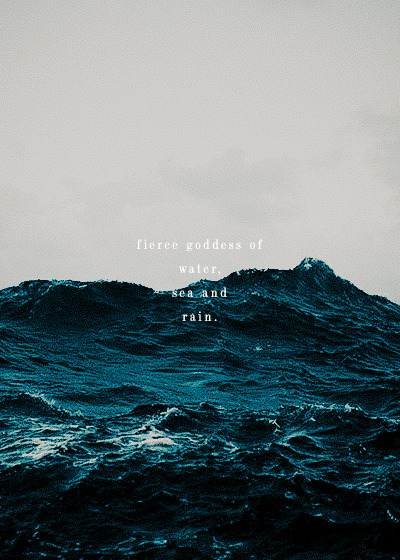
Armenian goddess of the sea.
280 notes
·
View notes
Photo
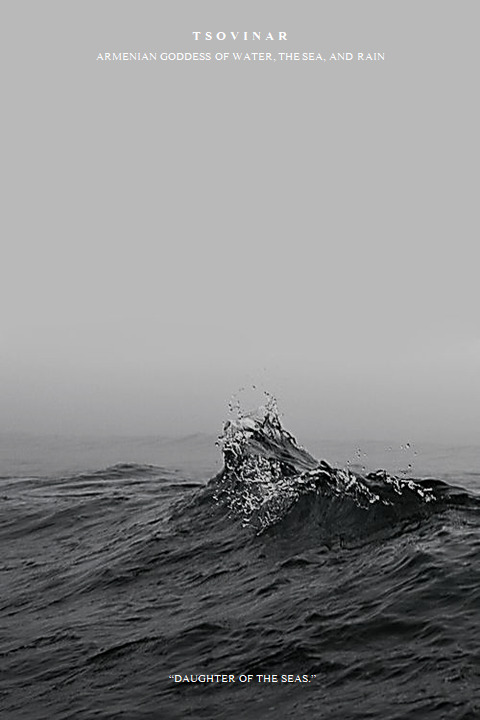
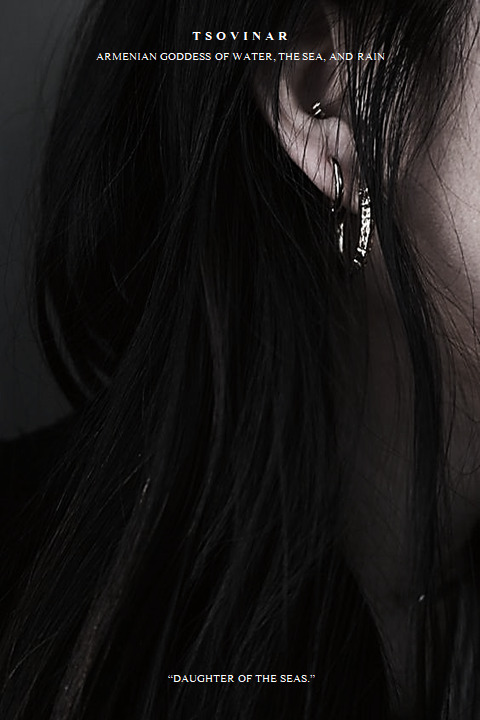



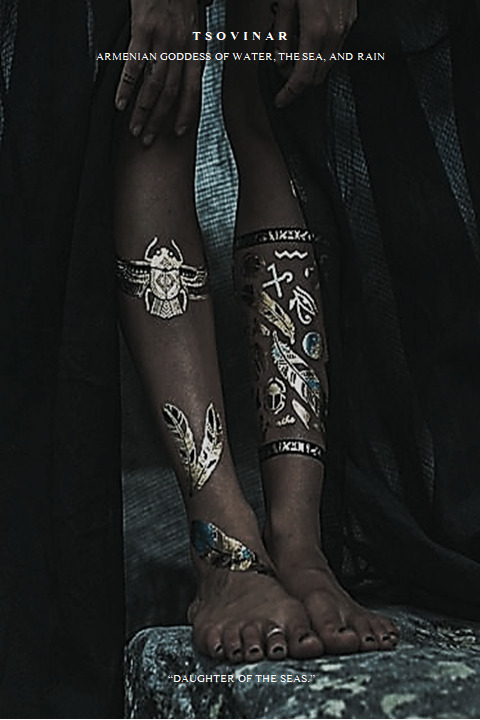
myths around the world challenge: @ibuzoo & @thewinedarksea
armenian - tsovinar, goddess of water, the sea, and rain
398 notes
·
View notes
Photo
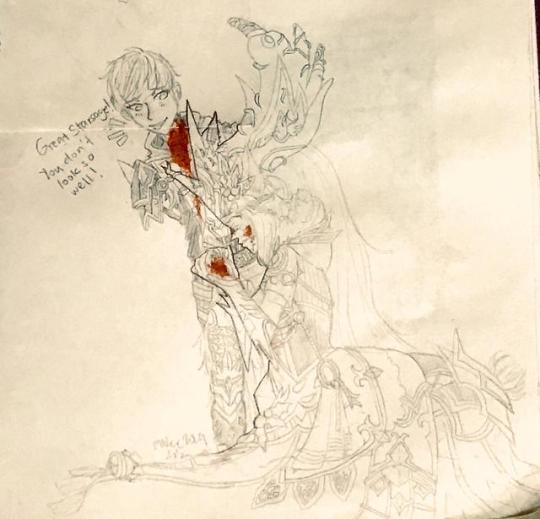
Great Starsage! You don’t look so well!
Are you haunted by guilt...perhaps?
Hardly surprising...considering...
...you went through all that trouble to kill me.
What a pitiful sight...
Almost makes me want to weep for you...Zeruiah.
-Brave Frontier Fates of the Fallen episode 6:Premonitions
Nobody told me Everlasting Embrace continued in Fates of the Fallen and i’m shook and I am super emotional about this grand quest
The different perspectives of people in Aimhyr was just so good and the actions they do were understandable and b o y i wish brave frontier had more grand quests going into the omni lores of the characters. There were also these battles where you’re literally watching two people beat each other up and you can choose whose side to kill first and b o y i’m not ok.
Also spoilers saerenthis dies apparently from one of tevarius’ thunderbolts and if you tell me tevarius doesnt die by tsovinar spearing him and ripping her weapon out of him then I call bullshit. This dragon spirit dead. I know sero-anya gonna beat the shit out of tsovinar and snap them off the land so save everybody but this boi’s gonna bleed out before she does that.
Also n’an wang mu has this little arc about her not caring about others to her protecting others and that was dope.
Also I haven’t beaten tsovinar yet but if tevarius lives saerenthis better come back as that creepy skull thing he has that is his dad. Look I just want tsovinar to have a friend man. This lady lonely. Give her friend back.
Also also baelfyr’s eyelashes are hella fine
#blacksteel baelfyr#baelfyr#infinity starsage zeruiah#zeruiah#abyssherald saerenthis#saerenthis#endless abyss tsovinar#tsovinar#storm-bringer tevarius#tevarius#sero-anya eternal light#sero-anya#look im super emotional about this#you cant just kill off my boi saerenthis like this#i know i beat him up in the battle but bo y#also apparently its a plot point??#his blood awakens tsovinar and tsovinar wrecks shit#n'an-wang-mu#n'an-hua#fates of the fallen#can you tell behind this is sweden#and i almost screwed this whole thing up#tw: blood
2 notes
·
View notes
Photo

@femmefatalenet | event fourteen | obscure goddesses
Tsovinar (or Nar) is the Armenian goddess of water, sea and rain. Her name means “daughter of the seas”. She is a fierce goddess, who forced the rain to fall from the heavens with her fury.
#mythedit#mythologyedit#femmefatalenet#tsovinar#armenian mythology#armenian gods#mythology#moodboard#my edit#**
110 notes
·
View notes
Photo
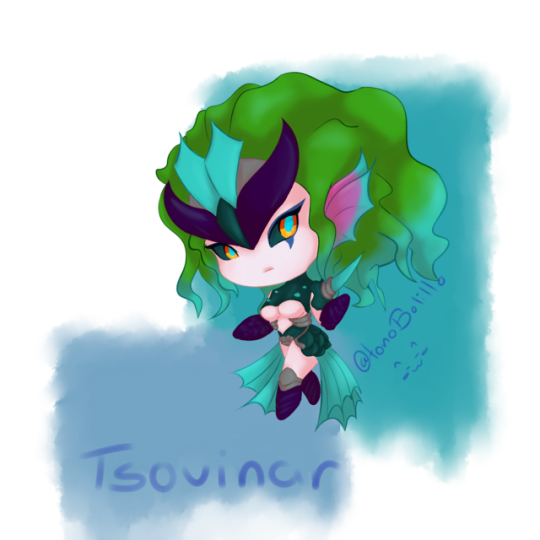
AAAAAAAA Have another brave frontier drawing
10 notes
·
View notes